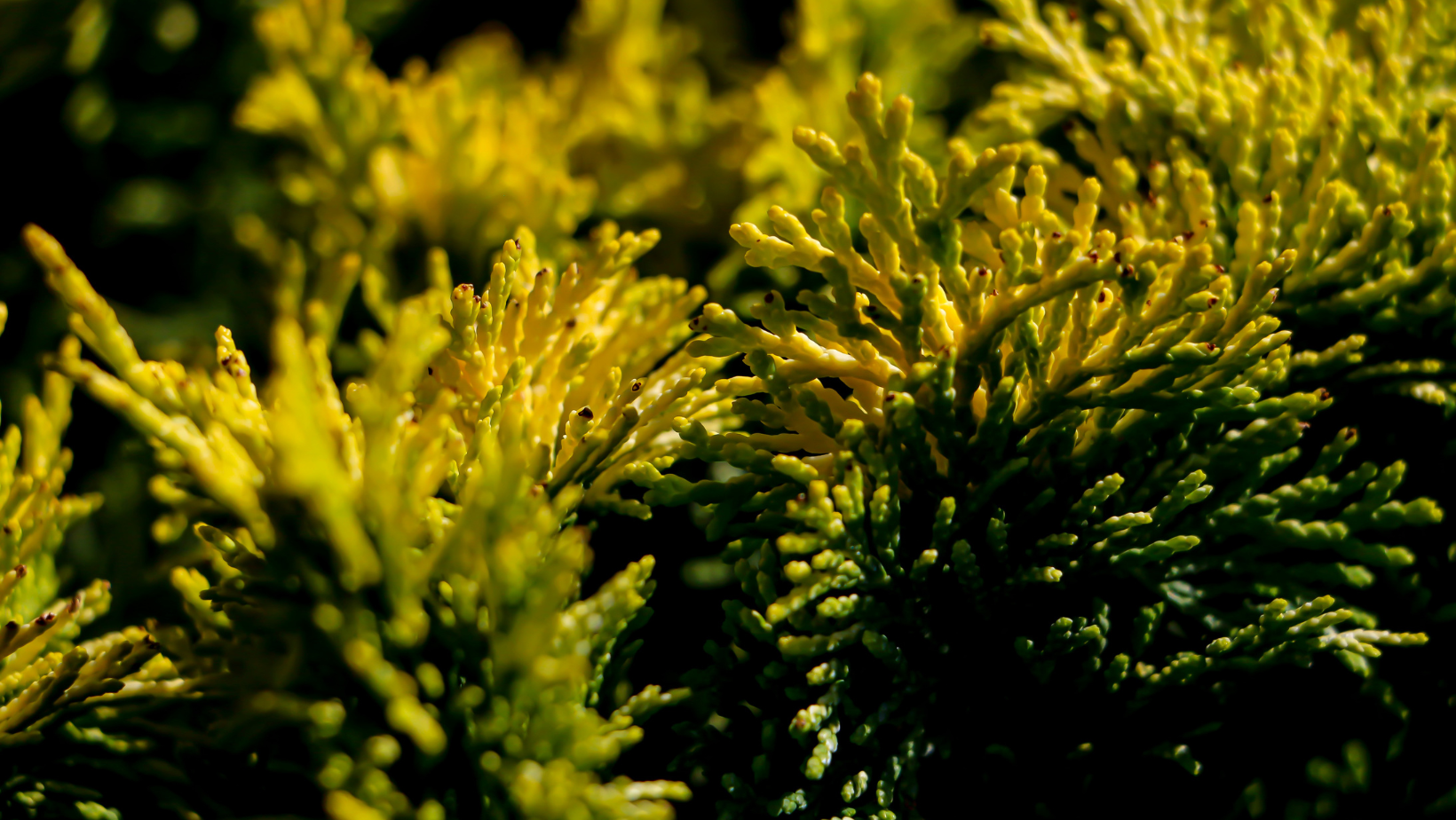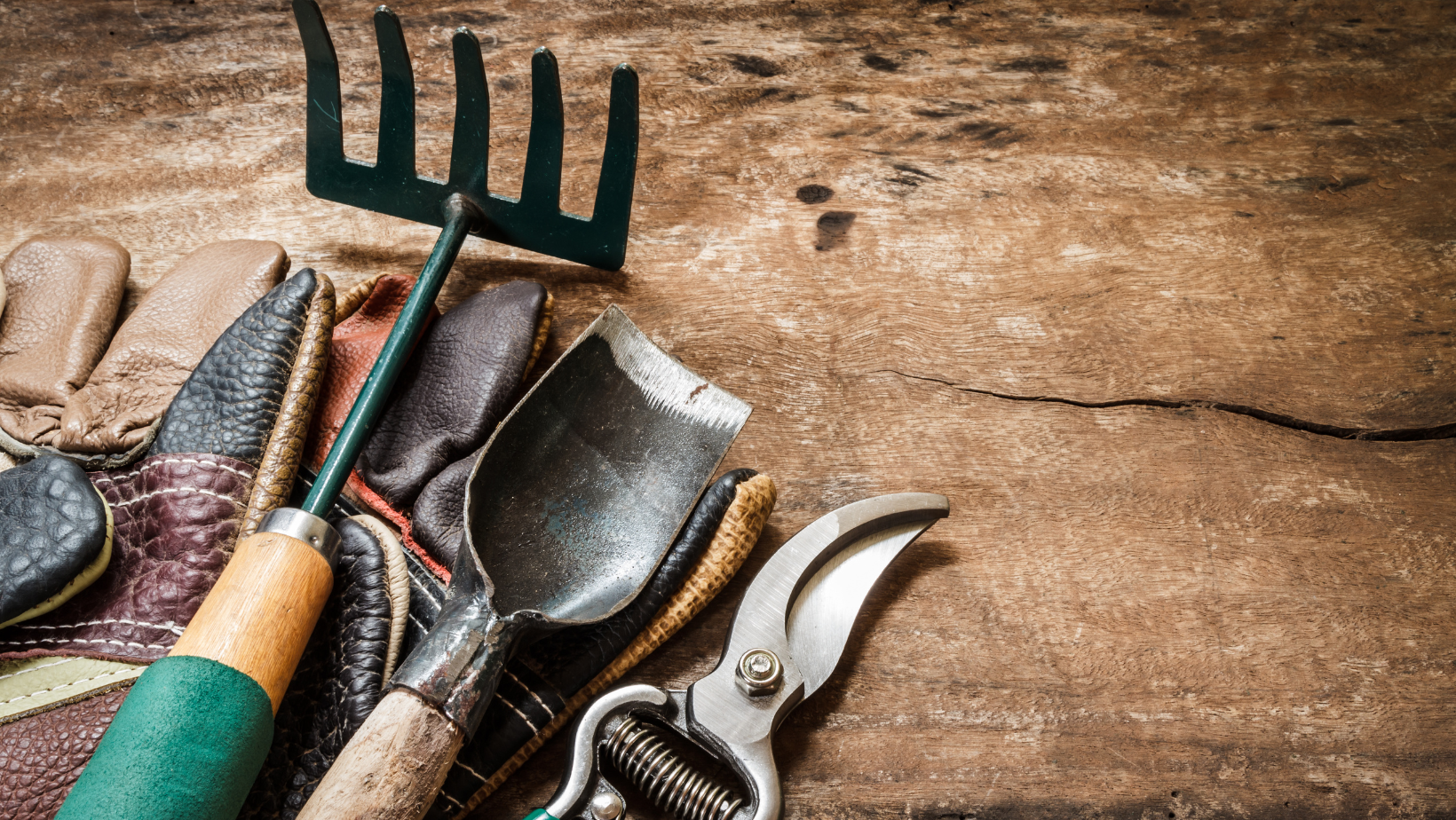Planting shrubs and trees is a rewarding way to enhance your landscape, provide shade, and create natural beauty in your garden. However, proper planting techniques are essential to ensure that they establish healthy root systems and thrive for years to come. Below is a detailed guide on how to plant shrubs and trees, along with care tips for after planting.
How to Plant Shrubs and Trees
- Choose the Right Location
- Light Requirements: Ensure the planting location meets the light needs of the shrub or tree. Some plants thrive in full sun, while others prefer partial shade.
- Space and Growth: Consider the mature size of the plant. Ensure there is enough space for it to grow without interference from buildings, other plants, or power lines.
- Soil Conditions: Check the soil’s pH and drainage capacity. Most trees and shrubs prefer well-draining soil. Amend soil if needed, especially if it’s too sandy, clayey, or nutrient-poor.
- Prepare the Planting Hole
- Digging the Hole: Dig a hole that is two to three times the width of the root ball but only as deep as the root ball itself. A wider hole allows the roots to spread more easily and establish themselves.
- Loosen the Soil: Loosen the soil at the sides and bottom of the hole to prevent the “container effect,” where roots struggle to expand beyond the planting hole.
- Amend Soil if Necessary: If the soil is poor or compacted, mix in compost or organic matter to improve structure and fertility. Avoid adding too much fertilizer, as this can burn young roots.
- Remove the Plant from Its Container
- Container-Grown Plants: Gently remove the plant from its pot by tapping the sides to loosen the root ball. If the roots are tightly bound, gently tease them apart to encourage outward growth.
- Burlapped Trees: For burlapped trees, cut away the burlap from around the trunk. If the burlap is synthetic, remove it entirely. Natural burlap can be left at the bottom of the hole but should be cut away from the top of the root ball to prevent it from wicking moisture away from the roots.
- Position the Plant
- Check the Depth: Ensure the top of the root ball is level with or slightly above the surrounding soil. Planting too deep can lead to root suffocation, while planting too shallow can expose the roots.
- Position the Tree or Shrub: Place the plant in the center of the hole. Straighten it so that it stands upright. This is especially important for trees, as correcting a tilted tree later is difficult.
- Backfill the Hole
- Fill the Hole Carefully: Begin backfilling the hole with the soil you removed, mixing in soil amendments at a 50/50 ratio to enhance nutrient content and structure. Tamp it down gently as you go to eliminate air pockets.
- Water as You Backfill: Water the plant while filling the hole to settle the soil around the roots and eliminate air pockets. Avoid compacting the soil too tightly, as roots need air to grow.
- Build a Water Basin: Create a small berm (raised ring of soil) around the perimeter of the planting hole. This basin helps retain water and directs it toward the root zone.
- Water Thoroughly
- Initial Watering: Water deeply immediately after planting to settle the soil and hydrate the plant. Use enough water to soak the entire root ball and surrounding soil.

Care After Planting
- Watering
- Initial Care: During the first year, trees and shrubs need regular watering to establish strong roots. Water 1–4 times per week, depending on weather conditions, ensuring the soil remains consistently moist but not waterlogged. For large trees, consider using a slow-drip system or tree watering bags.
- Deep Watering: Encourage deep root growth by watering thoroughly. Shallow, frequent watering can cause surface roots, making the plant more susceptible to drought.
- Mulching
- Mulch Around the Base: Apply a 2–4 inch layer of organic mulch (such as wood chips, bark, or compost) around the base of the tree or shrub, extending to the drip line. Mulch helps retain soil moisture, regulates temperature, and suppresses weeds.
- Avoid Mulch Volcanoes: Keep mulch away from the trunk or stems of the plant. Piling mulch directly against the trunk can lead to rot and pest problems.
- Fertilizing
- Wait to Fertilize: Newly planted shrubs and trees usually don’t need fertilizing in the first year, as the focus should be on root establishment. If necessary, wait until the following spring to apply a balanced, slow-release fertilizer.
- Organic Matter: Compost or well-rotted manure can be added to the soil surface after the first growing season to slowly nourish the plant.
- Pruning
- Minimal Pruning: Avoid heavy pruning right after planting, as the plant needs time to focus on root development. Remove any broken, dead, or damaged branches.
- Structural Pruning: After the first year, light pruning may be done to shape the plant and encourage healthy growth. Avoid cutting more than 20–30% of the plant at any one time.
- Monitoring for Pests and Diseases
- Inspect Regularly: Regularly check the tree or shrub for signs of pests or disease. Yellowing leaves, wilting, or unusual growths may be indicators of issues.
- Pest Control: If pest issues arise, use integrated pest management (IPM) techniques, such as encouraging beneficial insects, applying organic pest control, or using physical barriers.
- Staking (Optional)
- Stabilizing Young Trees: For tall, newly planted trees, consider staking them to protect against wind damage. Place stakes on opposite sides of the tree and secure them with flexible ties. Remove the stakes after one growing season to allow the tree to sway naturally, which strengthens its trunk.

Conclusion
Planting trees and shrubs properly from the start ensures their long-term health and success. By carefully preparing the planting hole, placing the plant correctly, incorporating soil amendments, and providing consistent care afterward, you set your trees and shrubs up for robust growth and development. Proper watering, mulching, and monitoring during the first few years are especially crucial for establishing a strong root system that will support your plants for years to come.
Need Assistance? Contact Us at Green Hills Nursery
Planting trees and shrubs can be rewarding but requires proper techniques and care. If you have questions about planting or caring for your trees and shrubs, don’t hesitate to contact us at Green Hills Nursery. Our experts are here to provide personalized guidance and recommendations. Feel free to bring in pictures of your plants or soil samples in a resealable bag for analysis. We’re committed to helping you create a healthy and vibrant landscape that thrives for years to come!




